Copyright photographie : Kelly His pour Noireônaturel
Dreadlocks, also known as « locs« , are an iconic form of hairstyle that is steeped in cultural significance. Their history goes back thousands of years and spans different eras and civilisations. Dreadlocks are not just a hairstyle, but also a symbol of spirituality, freedom and cultural identity.
Let’s discover together the fascinating journey of the history of dreadlocks.
1. Ancient origins:
The origins of dreadlocks can be traced back to ancient cultures around the world. The earliest written evidence of dreadlocks dates back to between 2500 and 1500 BC: the God Shiva and his followers are described as jaTaa, meaning « wearing knots of tangled hair ».
They are also found among ancient Egyptians, Buddhist monks in India, Māori warriors in New Zealand and Maasai tribes in East Africa, for example. For these cultures, dreadlocks were often a sign of spiritual connection, wisdom and belonging to a community.
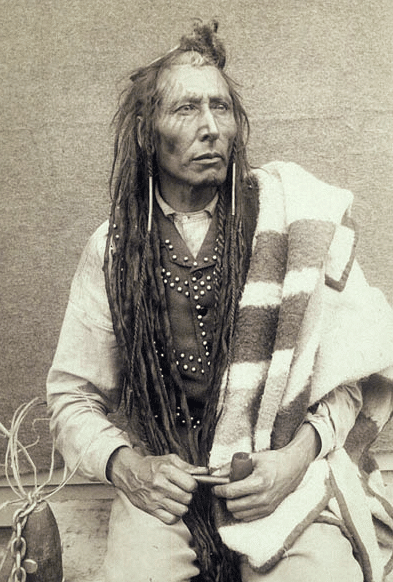
But that’s not all! In Mexico, a Mesoamerican people wore dreadlocks between the 14th and 16th centuries. Among the Wolofs in Senegal, locks were worn by kings and the Tiedo warrior class. Celtic and Viking peoples also wore them. In short, dreadlocks have been adopted by many peoples around the world for thousands of years.
2. The Rastafari heritage:
One of the most famous associations with dreadlocks is the Rastafari movement, which originated in Jamaica in the 1930s. The term dreadlocks (first used in the 1950s) was considered derogatory, referring to Jamaica’s marginalised poor people. For Rastafarians, dreadlocks are more than just a hairstyle; they are a symbol of devotion to spirituality and nature. Rastafarians see dreadlocks as a way of letting their hair grow naturally, in keeping with their belief in the sacred nature of life.
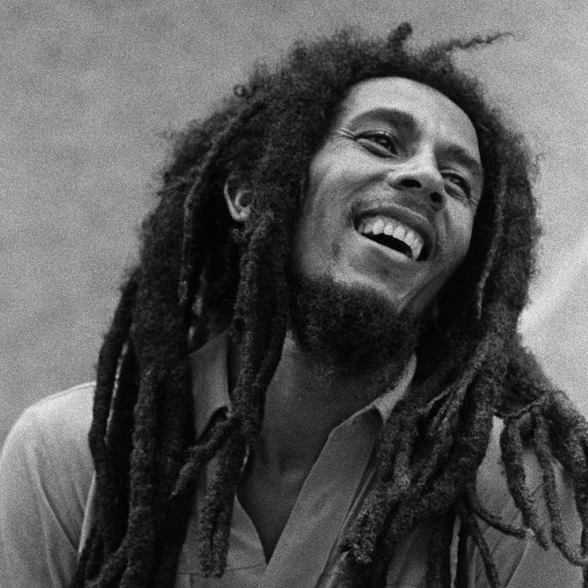
3. A Declaration of Freedom:
Over the years, dreadlocks have also become a statement of freedom and resistance to the beauty standards imposed by society. For many people, wearing dreadlocks is a way of rejecting ideals of conformity and celebrating their individuality. Dreadlocks allow individuals to express their authenticity and stand out from the crowd.
4. A political motivation:
The popularity of reggae and Bob Marley boosted interest in dreads worldwide during the 1980s. At the time, Rasta philosophy had a strong resonance for young Afro-Americans. Like Afro hairstyles, dreadlocks took on social and political implications: a way of valuing black cultures against Eurocentrism. This hairstyle has also been worn a lot in environmentalist circles.
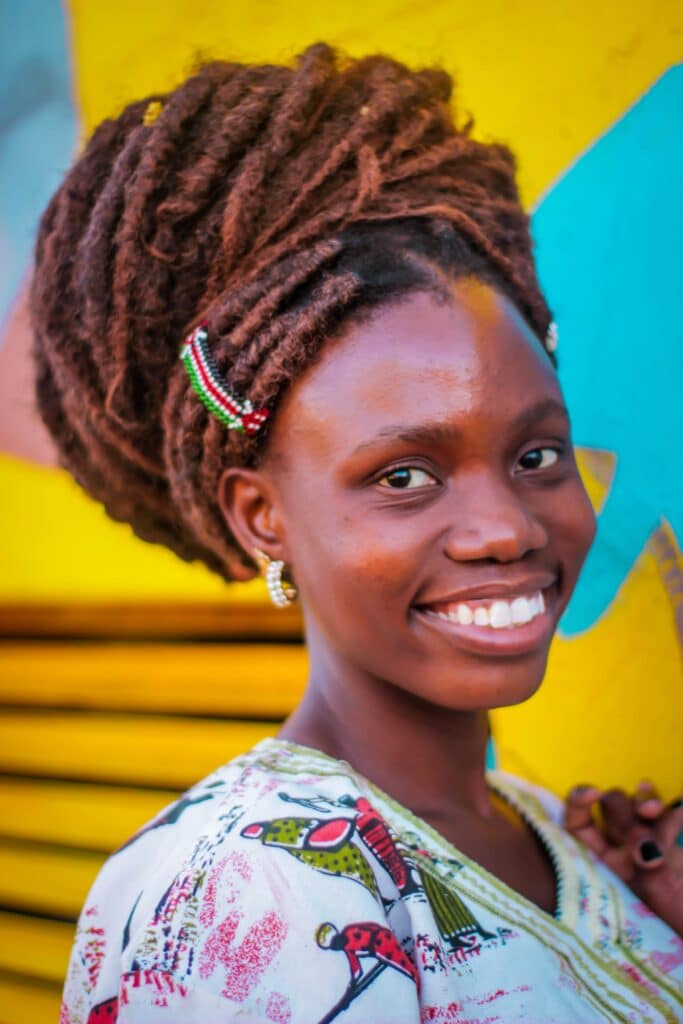
Copyright photographie : Kaone Makoko
5. Contemporary popularity:
Over the last few decades, dreadlocks have become increasingly famous in popular culture. Many celebrities, artists and influencers adopt this distinctive hairstyle to express their style and personality. However, it’s important to recognise that for many cultures, dreadlocks have a deeper meaning than simply being a hair trend. We must be careful not to fall into cultural appropriation: although dreadlocks have been worn by people all over the world, this hairstyle remains strongly attached to Afro-descendant ethnic groups. In 2016, fashion designer Marc Jacobs was criticised for showing his models in dreadlocks.
6. Maintenance and significance:
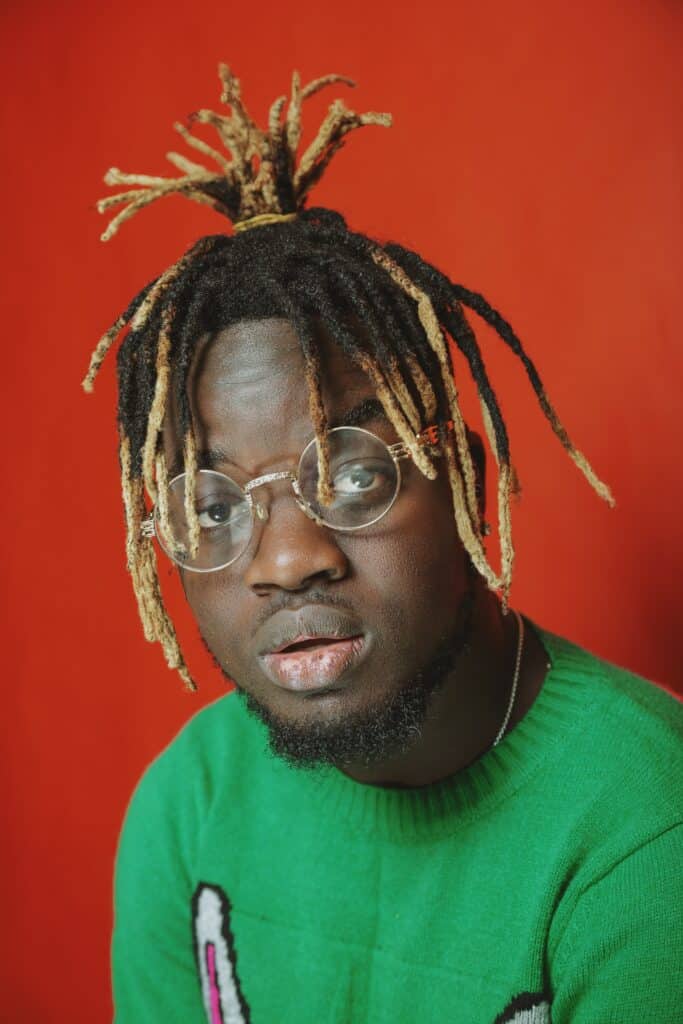
Dreadlocks require meticulous care to keep them clean and healthy. The process of forming dreadlocks generally involves letting the hair grow naturally without combing. The hair eventually tangles and forms compact, textured strands. Maintenance includes regular cleaning, proper blow-drying and the use of natural hair care products to keep the hair moisturised and prevent the formation of mould.
Copyright photographie : Philip Boakye
In conclusion, the history of dreadlocks is deeply rooted in culture, spirituality and self-expression. This iconic hairstyle has crossed eras and borders, becoming a symbol of resistance, freedom and a celebration of diversity. Whatever the reason people choose to wear dreadlocks, it’s important to recognise and respect the deep cultural and spiritual significance that surrounds them.
Do you want to know more about relaxing frizzy hair ? More information right here
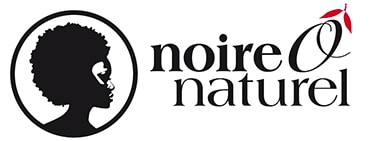
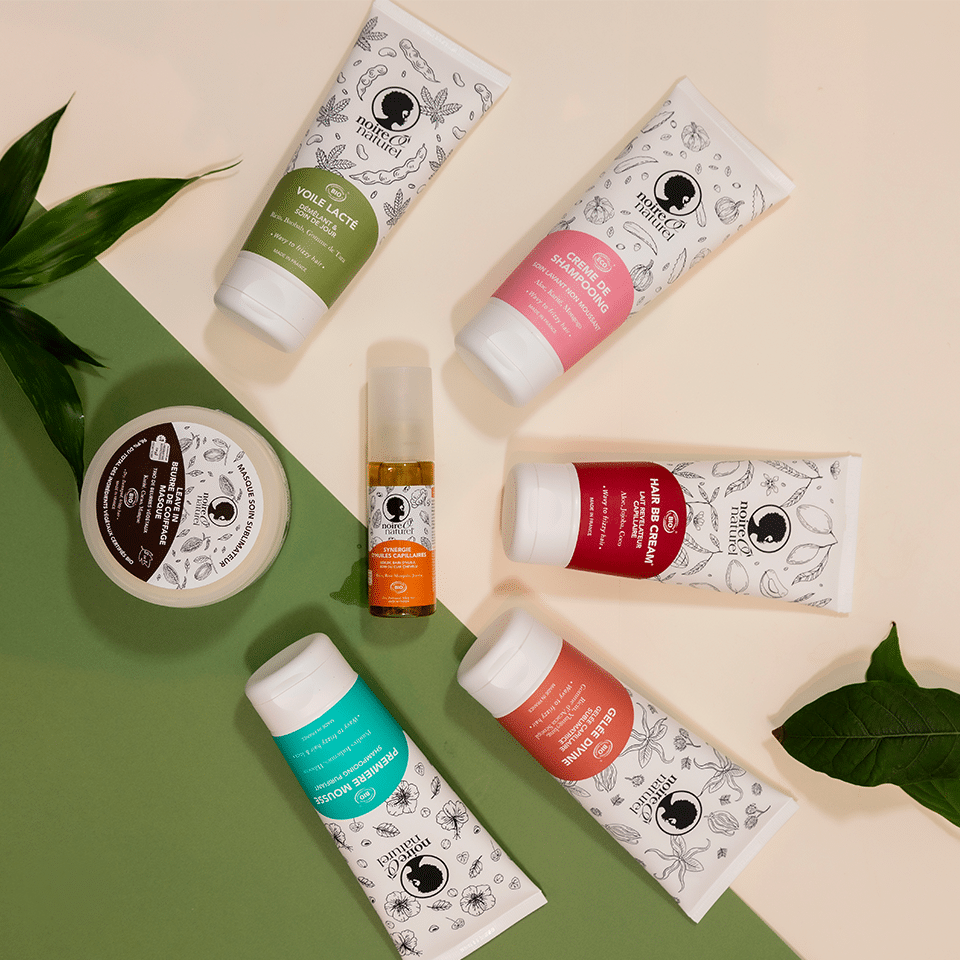


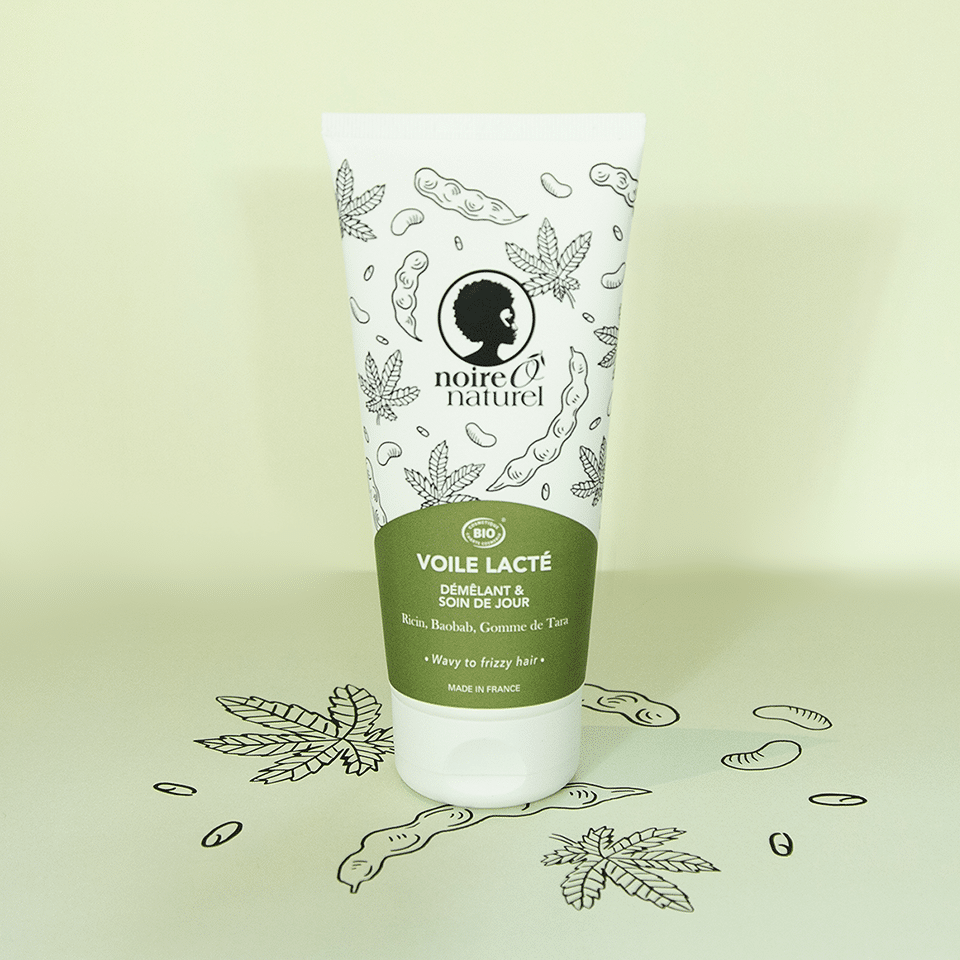

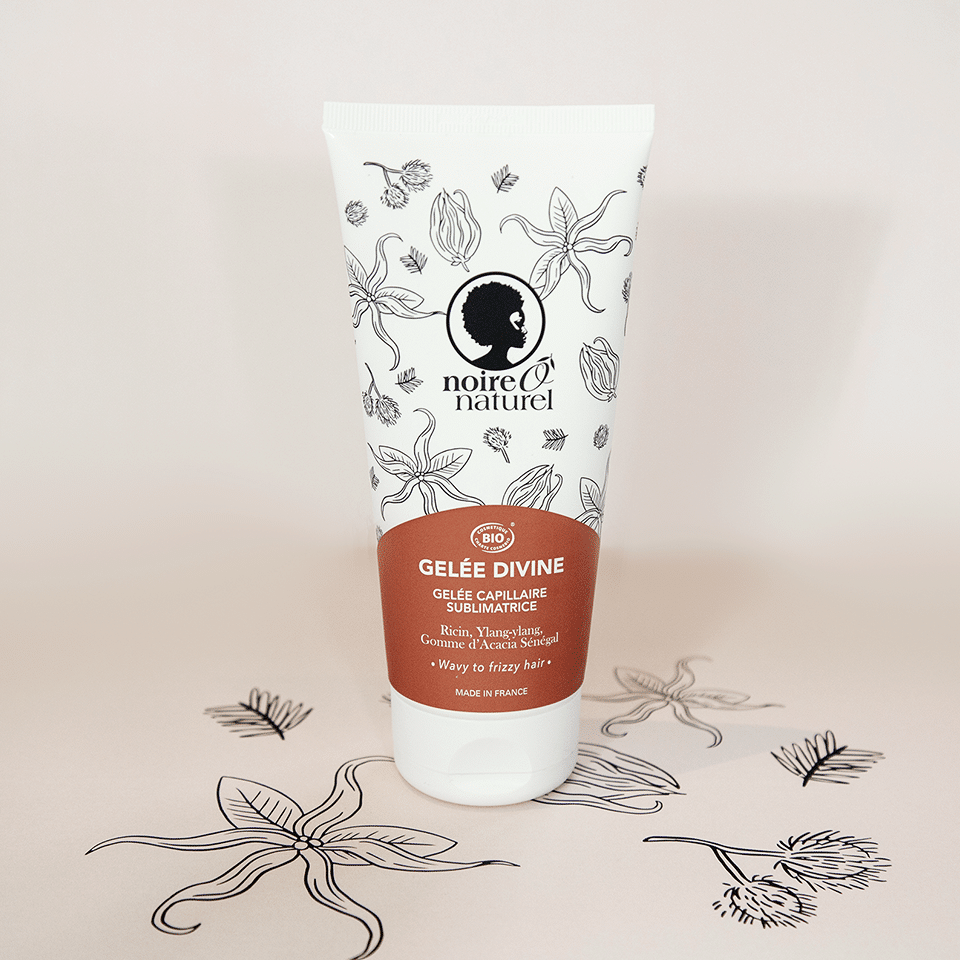
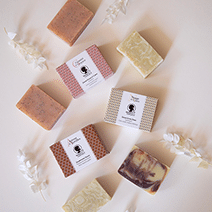
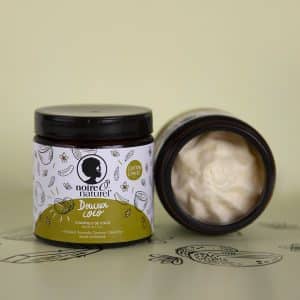
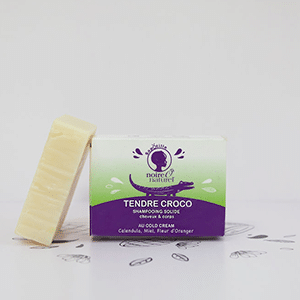
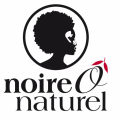

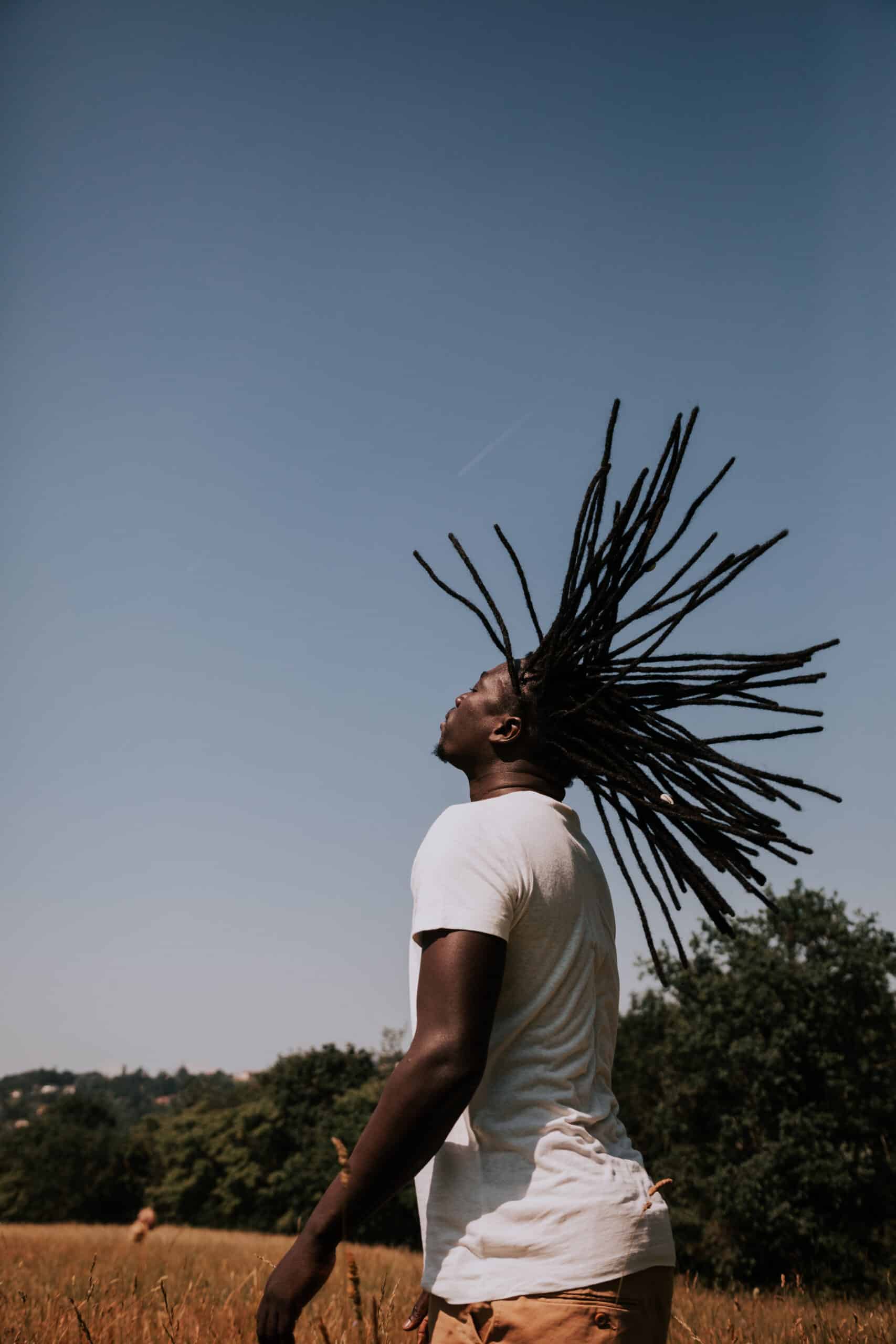


1 commentaire
Recognize and respect the deep cultural and spiritual significance” It’s a hair style for crying out loud and does not belong to any culture.